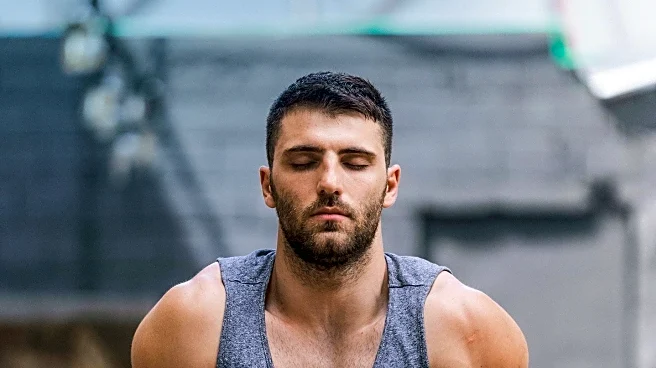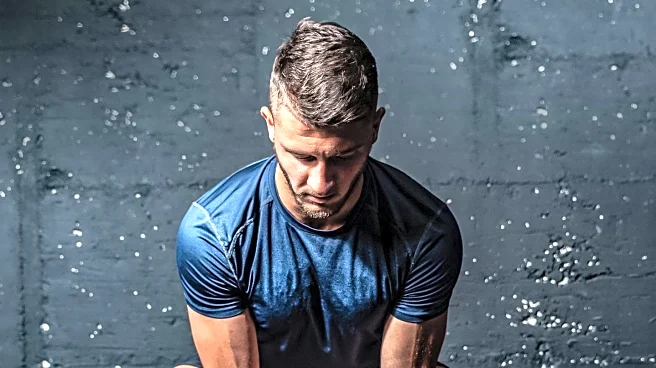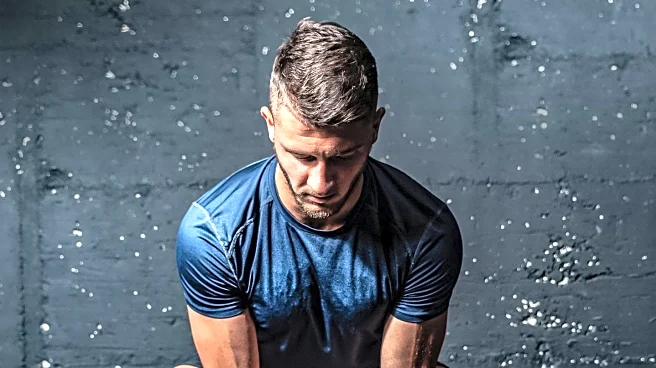Rapid Read • 8 min read
A military fitness expert has provided guidance on improving cardio fitness safely for heavier athletes, particularly those with a background in strength and power sports. The advice focuses on minimizing injury risks associated with running, which can be challenging due to increased impact forces on joints. Heavier athletes are encouraged to start with nonimpact cardio exercises, such as biking and swimming, before gradually incorporating running into their routines. The expert emphasizes the importance of proper form, cushioned footwear, and running on softer surfaces to reduce strain on joints. Additionally, a balanced approach combining cardio with resistance training is recommended to enhance overall fitness and performance.
AD
This guidance is significant as it addresses the unique challenges faced by heavier athletes in maintaining cardiovascular health while minimizing injury risks. By promoting nonimpact cardio exercises, the advice helps athletes build a solid fitness foundation, potentially reducing healthcare costs associated with sports injuries. The approach also supports the military's goal of ensuring recruits are physically prepared for service, which is crucial for operational readiness. Furthermore, the emphasis on a balanced fitness regimen can lead to improved long-term health outcomes, benefiting both individual athletes and the broader community.
Heavier athletes may begin implementing these strategies to safely enhance their cardio fitness. As they progress, they might seek further guidance on integrating running into their routines. Fitness trainers and military recruiters could adopt these recommendations to support athletes in achieving their fitness goals. Additionally, the military may consider incorporating these practices into training programs to ensure recruits are adequately prepared for service. The broader fitness community might also explore similar approaches to cater to diverse athletic needs.
The advice highlights the importance of personalized fitness strategies, recognizing that one-size-fits-all approaches may not be effective for all athletes. It underscores the need for fitness programs to consider individual differences in body composition and athletic background. This perspective could influence the development of more inclusive fitness guidelines and training programs, promoting diversity in athletic participation. Moreover, the focus on injury prevention aligns with broader public health initiatives aimed at reducing sports-related injuries and improving overall well-being.
AD
More Stories You Might Enjoy










